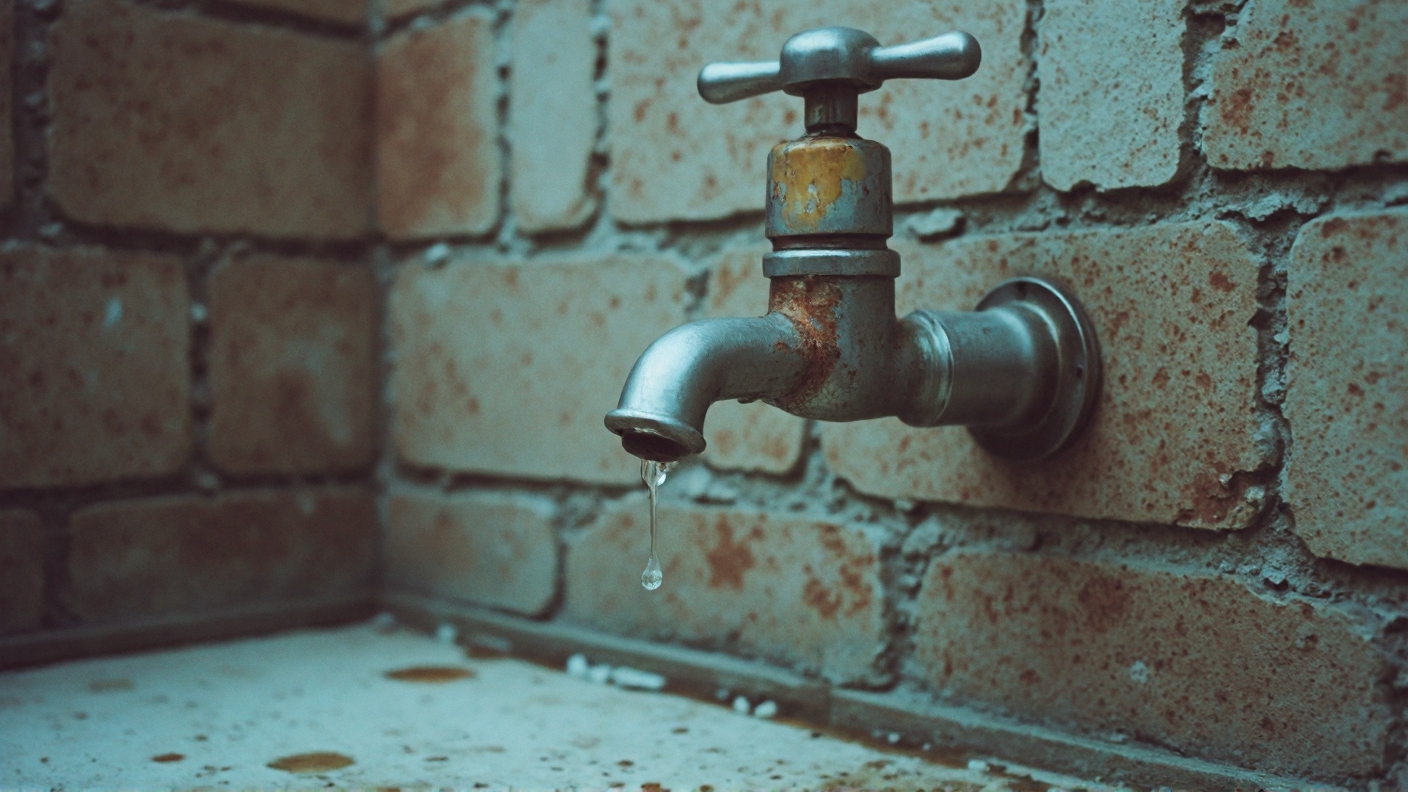


[Craving even more FPM content? Sign up for FPM+ to unlock exclusive series, virtual town-halls with our authors, and more. Click here to sign up.]
In addition to having its nuclear facilities, its ballistic missile factories, and its storehouse of weapons destroyed or severely damaged in the twelve-day war with Israel, and more damage done by American bombers to the nuclear facilities built underground at Natanz, inside a mountain at Fordow, and across the city of Isfahan, Iran now faces another challenge to its existence: a severe drought that threatens to bring the supply of water to a “zero point,” where there is not enough water for Iran’s farmers, and not even enough water for the 92 million Iranians to drink. More on this catastrophe, which is partly a result of the Islamic Republic’s colossal mismanagement of the water supply and partly a result of global warming that has caused a unprecedented and continuous heat wave cross the country, can be found here: “Iran Protests Erupt as Regime’s Incompetence Sparks Widespread Blackouts and Water Crisis,” by Mansoureh Galestan, NCRI, August 1, 2025:
This week, the Iranian regime’s systemic failure reached a critical tipping point, forcing the shutdown of 13 provinces due to severe power outages amid a punishing heatwave. This widespread paralysis is not a natural disaster but the direct consequence of decades of corruption and catastrophic mismanagement by the clerical regime. The crisis has become so dire that the capital itself is now in peril, as Tehran faces a paralyzing water crisis and is at risk of running out of water within weeks due to prolonged drought and the regime’s gross negligence.
A Crisis Acknowledged by the Regime Itself
The depth of the catastrophe is so undeniable that officials within President Masoud Pezeshkian’s administration have been forced to admit to the regime’s failure. Abbas Aliabadi, Pezeshkian’s Minister of Power, publicly conceded the severity of the situation, stating, “Except for Gilan and a small part of Mazandaran, we are in a very tense water situation.” He warned of a “difficult August and September,” specifically highlighting the dire conditions in Isfahan, Markazi, Sistan and Baluchestan, and Khorasan provinces.
Further confirming the scale of the emergency, the secretary of Pezeshkian’s cabinet announced that the government was considering a complete week-long shutdown of Tehran or a recurring one-day-per-week closure due to the “energy imbalance.” These admissions are not revelations but confessions of a long-festering crisis created by the regime’s policies.
The government believes that by declaring either a week’s holiday, or a recurring one-day-a-week holiday, people will stay at home. During those days, office buildings will not need to be air-conditioned or lit, cars and buses won’t be driven, and there should be less use for water when people remain inside their thick-walled houses rather than travel in the stifling heat.
In response to this systemic breakdown, the Iranian people have taken to the streets in a wave of protests spanning the entire country, demonstrating a unified rejection of the regime’s incompetence.
On July 30, in Mehrshahr, Karaj, dozens of residents gathered outside the local electricity department to protest the constant, unplanned power cuts. In Salehiyeh, citizens rallied against water shortages with the powerful slogan, “No water, no patience.” The public’s fury was vividly captured in Mahmoudabad, where, in a striking act of civil disobedience, one frustrated citizen locked the main entrance of the electricity distribution office, trapping employees and petitioners inside as a testament to their exhaustion with the authorities’ inaction. In Marivan, farmers reported being on the brink of losing their entire harvest after a 10-day cutoff of agricultural water, with no government body taking responsibility….
Note that this waster shortage disaster has little to do with Israel, except insofar as the government in Iran, determined to destroy the Jewish state, spent — wasted — so much money on its nuclear project. It is the mismanagement of water resources, the failure to come up with solutions in a timely manner, that has enraged the people of Iran. Their anger with the regime, for its incompetence and mismanagement, and its decision to spend hundreds of billons of dollars on both its nuclear program and on aid, military and financial, to its proxies — Hamas in Gaza, Hezbollah in Lebanon, the Houthis in Yemen and, until Assad’s overthrow last December, to its Syrian ally, has reached a point where despite the risks of arrest and imprisonment, hundreds of thousands of Iranians have come out to protest.
At this point, there is nothing the Iranian regime can do about the greatest crisis in its history. It cannot fight the weather, the sustained heat that has dried up the bodies of water inside Iran, and has spiked demand for energy to run air conditioning to make life inside houses and offices tolerable. It could have spent billions building many more desalination plants on the coast, as well as followed the example of Israel in developing drip irrigation methods that help to husband water resources by directing the water to be aimed precisely, drop-by-drop, to each plant at the most auspicious time. The Israelis have also invented a device known as a WaterGen, that can wring water out of the ambient air. Israel has offered to help the Iranians with their water problem, an offer that the Iranians have rejected. The government would rather have the people suffer than take any help from the hate Zionist entity.
In a few weeks, if there is no diluvial relief, the drought in Iran will reach catastrophic levels, and the angry crowds will come out, their numbers swollen, denouncing their incompetent rulers who have mismanaged both the available supply, and the use, of water. How do the mad mullahs, who have been defeated in war by Israel and in peace by the ongoing water shortage, and now do not know where to put their feet and hands, propose to deal with this crisis?
